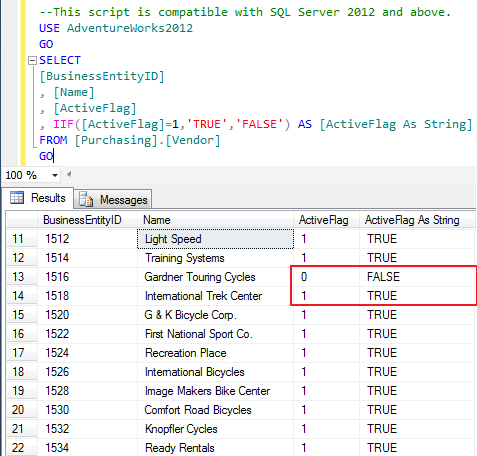
The actual values that are recognized in your version of Oracle OLAP are determined by the language identified by the NLS_LANGUAGE option. A data type is associated with the specific storage format and range constraints. In Oracle , each value or constant is assigned with a data type. Basically, it defines how the data is store handled and treated by Oracle during the data storage and processing.
Imagine if there was some way in oracle to define data types so that we could create a bool type that wraps the ‘raw(1)’ type naming it bool or boolean. We could then define a function to print ‘true’ or ‘false ‘ depending on the contents. Oracle Database stores numeric data in variable-length format.
The resulting value is limited to digits of precision. The table that follows summarizes Oracle built-in data types. Refer to the syntax in the preceding sections for the syntactic elements. The data type code of a column or object attribute is returned by the DUMP function.
A data type also specifies the possible values for that type , the operations that can be performed on that type and the way the values of that type are stored. This Oracle FLOAT data type is also an ANSI standard data type. FLOAT stores positive, negative, and zero floating point values. In Oracle, the FLOAT data type is a synonym for the NUMBER data type. It doesn’t have the rounding issues that the BINARY_FLOAT data type may have.
There are inevitably problems with three-valued logic. An old space-saving trick was to store boolean values as an Oracle CHAR, rather than NUMBER. Storing Y and N requires no more (but also no less) than storing and but saves you the effort of writing a decode statement to display it. More discussions in New To Java.
ODP does not seem to support boolean. BOOLEAN data type is virtual machine dependent. However, SQL has no data type equivalent to BOOLEAN. Actually I am changing my database from Access to oracle. I tried in oracle with following syntax:.
Every database define a column data type for each and every tables. SQL data types are two type scaler type or non scalar type. I need to use char(1), or smallint, or some other. What is the best practice, how to emulate boolean values in Oracle ? BigQuery Data Type Conversions NOTE: The Cloud Dataprep data types listed in this page reflect the raw data type of the converted column. Depending on the contents of the column, the Transformer Page may re-infer a different data type , when a dataset using this type of source is loaded.
Also, store NULL, Oracle treats NULL as an unassigned boolean variable. You can not fetch boolean column value from another table. Greetings, Since Oracle Table structures do not support a boolean data type , there is a choice (Make it a varchar2(1) or Number(1)), with contents of or Y,N The questions I have are: 1) From a comparison perspective, which provides better performance? Oracle also has the ability to store data larger than 2GB in one column by using the BLOB (binary large object) datatype. Other data types data types in SQL Server and Oracle.
Boolean : Boolean data type stores logical values. Both SQL Server and Oracle also provide a datatype which can store XML data. Summary: in this tutorial, you will learn about Oracle DATE data type and how to handle date and time values effectively.
Introduction to Oracle DATE data type. The DATE data type allows you to store point-in-time values that include both date and time with a precision of one second. The on-prem release of Oracle 12.
Extended data types are necessary if you want to use the column-level collation feature available in 12. Thanks to Chris Saxon for pointing out the relationship with the new DEFAULT COLLATION clause. The VARCHAR datatype is an ANSI standard data type , which is why it is included in Oracle. It was included in Oracle to allow for a distinction between NULL and empty strings, which is what VARCHAR should do, according to the ANSI standard. The following table lists the supported data types by their preferred name form, and includes supported aliases and some notes about the values.
For more information about the data types and values, see the IBM Netezza Database User’s Guide.
Brak komentarzy:
Prześlij komentarz
Uwaga: tylko uczestnik tego bloga może przesyłać komentarze.